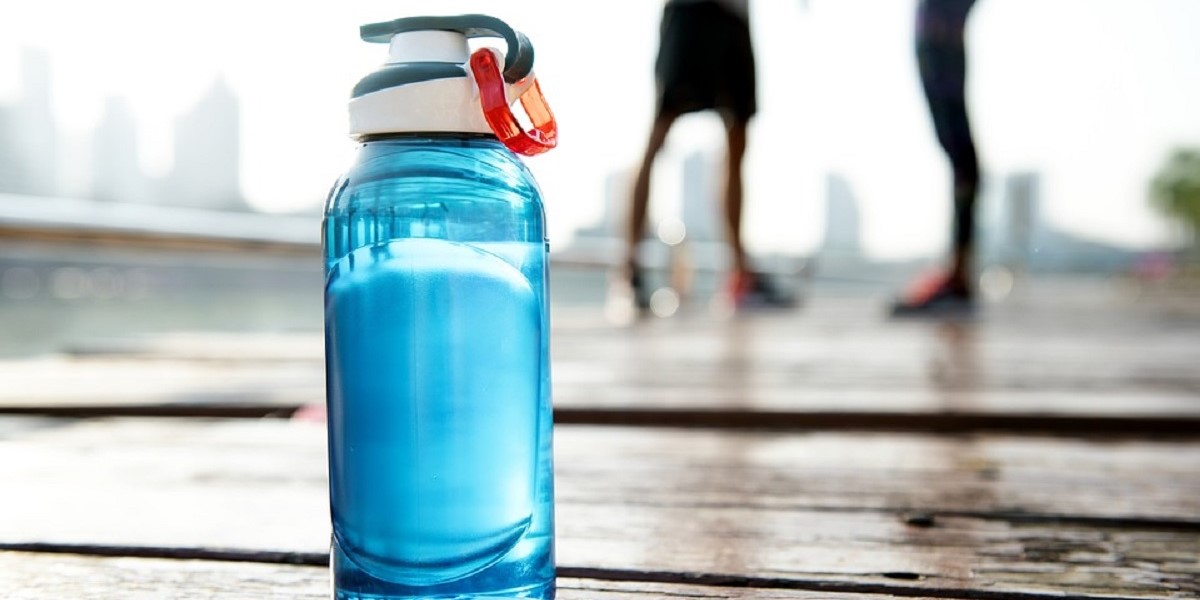The 3 Best Breakfasts to Fuel Your Walk to School
You’ve probably heard it 100 times, but breakfast really is the most important meal of the day, especially for little bodies that are growing and developing. Children’s breakfasts should contain a good balance of complex carbohydrates, protein, fibre and healthy fats. A combination of these food groups will boost physical and mental development, maintain healthy blood sugar levels and help children to feel fuller for longer.

When it comes to breakfast, it’s important to keep things varied so that children remain interested and their bodies get lots of variety. Why not let your child choose their own breakfast using food from these foodgroups? This is a great way to teach them about a balanced diet and to wake them up in the morning, preparing them for their walk to school and day ahead

1 | Eggs on Toast
Eggs are a cheap source of protein, which keep kids (and adults) feeling fuller for longer. They also have high choline levels, which boost children’s brains, ready for a productive day at school. When it comes to cooking your eggs, try to boil or poach, as frying or scrambling can add excess fat.

When it comes to choosing bread for your toast, remember to opt for wholegrains over processed (white) grains. Wholegrain foods contain every part of the grain, whereas producing white bread involves removing the bran, which is where most of the grain’s nutrition is stored. Wholegrain bread is also a low-GI food, meaning it releases sugar slowly, helping to fuel children for their walk and beyond!

2 | Porridge
Porridge oats are a great complex carbohydrate, which release energy slowly, just like wholegrain bread. They also have tons of other benefits, including high levels of antioxidants and helping to reduce blood pressure. You can add whatever you like to your bowl to boost nutrition. Linseeds and flaxseeds, for example, offer great fats, while chia seeds are high in fibre, helping to keep children’s bowels nice and healthy.

Remember, children need a protein-rich breakfast to fuel their walk and keep them feeling full at school. Therefore, try to make your porridge using milk rather than water. If your child is lactose-intolerant or vegan, why not try unsweetened soy milk? This contains far less sugar than cow’s milk, but nearly just as much protein!

3 | The Right Cereal
Supermarkets are full of colourful cereal boxes, but you need to watch what you buy. One bowl of certain cereals could lead to children consuming half their recommended daily sugar allowance before even getting to school! This could mean they experience a “sugar crash” during or shortly after their walk. Always check the labels before buying boxed cereal and opt for ones that are lower in sugar. Check these regularly, as brands often change their ingredients and add sugar.

Looking for a fun family activity? Why not make your own muesli or granola at home? That way, you can swap the high refined sugar for healthy nuts and seeds, which are sources of good fats. You can also bind everything together using unrefined and natural sugar, such as honey. Then, try serving your homemade cereal with Greek yoghurt, which is higher in protein than many other yoghurts and contains probiotics to keep children’s guts healthy.

Washing Everything Down
Fresh juice is a great way to get children to consume vitamin C and fibre; however, be sure to limit fruit juice consumption to 150 ml. Little bodies can’t process any more sugar than that at once!

Also remember that children should drink one to two litres of water a day, especially if you plan to walk to school in the heat. Encourage kids to drink a glass with breakfast and pack a cold bottle in their bag for the walk.


